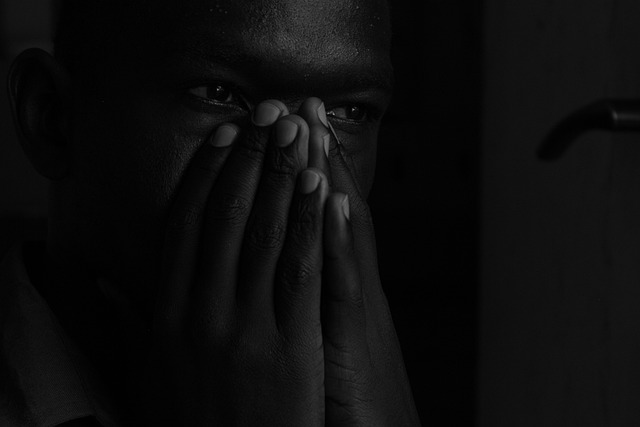

No teen is immune from violence. Both males and females can be victims, but they are abusive in different ways:
- Girls are more likely to yell, hurt themselves, pinch, slap, scratch, or kick
- Boys injure girls more severely and more frequently
- Girls are more likely to be sexually abused
- Between 1993-1999, 22% of homicides against females ages 16-29 were committed by an intimate partner
- Male peer support for violence against women is a constant predictor of male violence.
- GLBTQ youths are just as likely to experience dating violence as youths involved in opposite sex dating.
- Females ages 16-24 are more vulnerable to dating violence than any other age group. ( 3X the national average)
- 1 in 5 female high school students report being physically and/or sexually abused by a dating partner
- ½ of adult sex offenders report committing their first sexual offenses prior to the age of 18
- 58% of rape victims report being raped between the ages of 12 and 24 yrs
- Half of reported date rapes occur among teenagers
- Intimate partner violence among teens is associated with increased risk of substance use, eating disorders, sexual risk behaviors, pregnancy and suicide
- 1 in 3 teens know a friend who has been physically hurt by their partner
- 45% of girls know a friend who has been pressured into either sexual intercourse or oral sex.
Young men may believe:
- they have the right to "control" their female partners in any way necessary.
- "masculinity" is physical aggressiveness
- they "possess" their partner.
- they should demand intimacy.
- they may lose respect if they are attentive and supportive toward their girlfriends.
Young women may believe:
- they are responsible for solving problems in their relationships
- their boyfriend's jealousy, possessiveness and even physical abuse, is "romantic."
- abuse is "normal" because their friends are also being abused.
- there is no one to ask for help.
Changed
 Erie County Sheriff's Office
Erie County Sheriff's Office